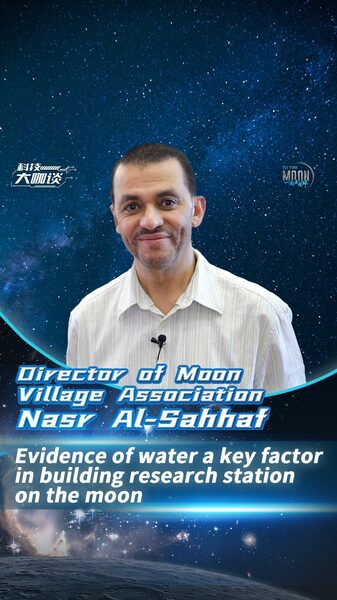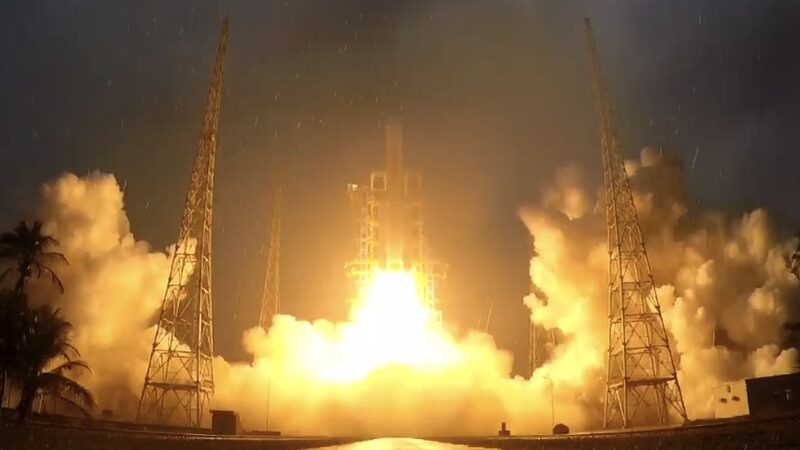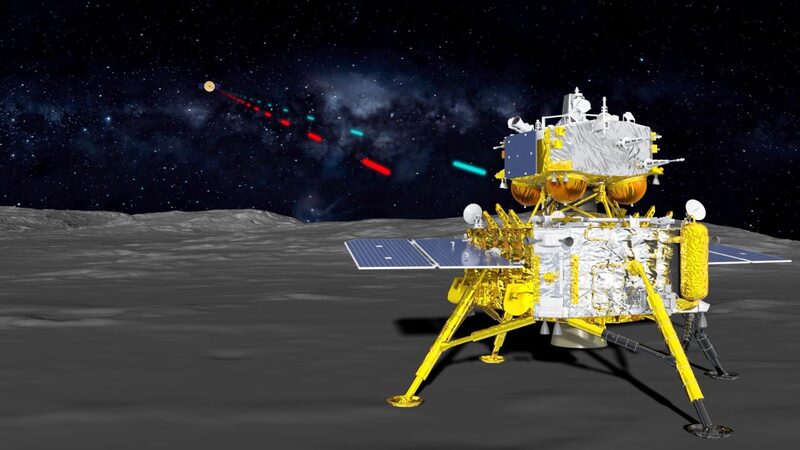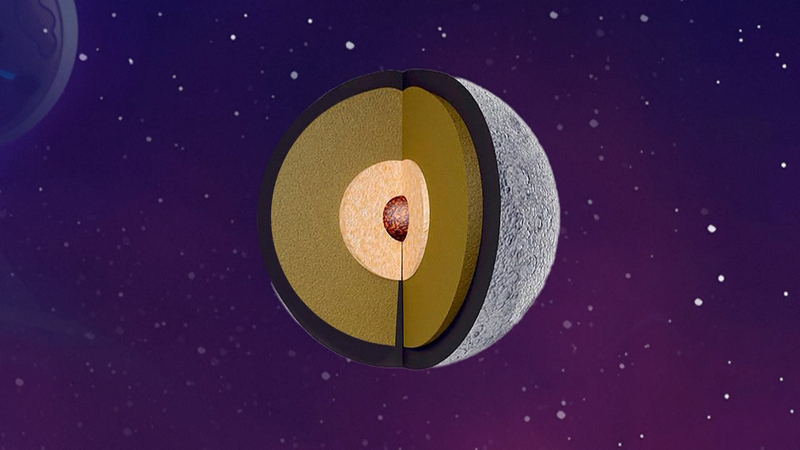Move over, Mars—Earth’s moon is the new hotspot 🪐! With over seven missions planned by countries like China, the U.S., India, and others, plus private companies, the lunar surface is buzzing with activity. But why now? Spoiler: water. Chinese scientists recently confirmed molecular H2O in a mineral found in Chang’e-5 mission samples, while NASA mapped water near the moon’s south pole. 💧
A Lab on the Moon? Challenge Accepted!
Building a permanent lunar research station isn’t just sci-fi—it’s survival mode. The moon’s extreme temps, moonquakes, and radiation demand next-level engineering. As Jan Kolar of the Moon Village Association puts it: \"Technical solutions are still on paper… this is the riskiest part.\" Think lightweight robots (shoutout to Tsinghua University students!), solar cells printed on moon dust, and teams tackling everything from energy to telecoms.
Global Teamwork Makes the Moon Work 🌍
At July’s International Moon Day event, young innovators from 45 countries pitched wild ideas through the Moon Station 2050 competition. From robot swarms drilling for resources to thin-film solar tech, these Gen-Z engineers are solving problems like:
- How to build without Earth materials
- Surviving -173°C nights
- Creating sustainable ecosystems
\"The moon is part of Earth,\" says Giuseppe Reibaldi of the Moon Village Association. \"Understanding it benefits all humanity.\" 🤝 And with projects like China’s Chang’e missions leading the charge, that future feels closer than ever. Ready for moon tourism by 2050? 🎒
Reference(s):
To the moon: What will a research station on the moon look like?
cgtn.com







